Driving in Japan can seem daunting with its unique traffic rules, different road signs, and the bustling cities. However, exploring this stunning country by car can be incredibly rewarding. From serene countryside roads to the vibrant streets of Tokyo, driving allows you the freedom to explore hidden gems and breathtaking landscapes at your own pace.
Why Drive in Japan?
Japan’s public transportation system is world-renowned, but there are compelling reasons to rent a car during your visit. Here are some advantages:
- Flexibility: With a car, you can create your own itinerary and venture off the beaten path.
- Access to Remote Areas: Some beautiful destinations, like rural towns or scenic parks, are not easily accessible by public transport.
- Convenience: Traveling with family or friends can make driving more economical and comfortable.
Preparing for Your Drive in Japan
Driver’s License Requirements
Before you hit the road, ensure you have the necessary documentation:
- International Driving Permit (IDP): You must obtain an IDP before your trip, as it is legally required in Japan.
- Local Driver’s License: If you’re staying for an extended period, check with local authorities about converting your license.
Choosing the Right Rental Car
When renting a car in Japan, consider the following:
- Size: Compact cars are easier to navigate and park in Japan’s busy cities.
- GPS Navigation: Opt for a vehicle with a GPS that supports English; this will significantly ease your travel experience.
- Insurance: Ensure you have adequate insurance coverage—especially collision and theft protection.
Best Rental Car Companies
| Company | Rating | Features |
|---|---|---|
| Toyota Rent a Car | 4.7/5 | Wide selection of vehicles, English support, and comprehensive insurance options. |
| Hertz | 4.5/5 | Global brand reliability, convenient locations, and a user-friendly website. |
| Orix | 4.3/5 | Competitive pricing, various car types, and good customer service. |
| Budget | 4.2/5 | Affordable rates and a straightforward booking process. |
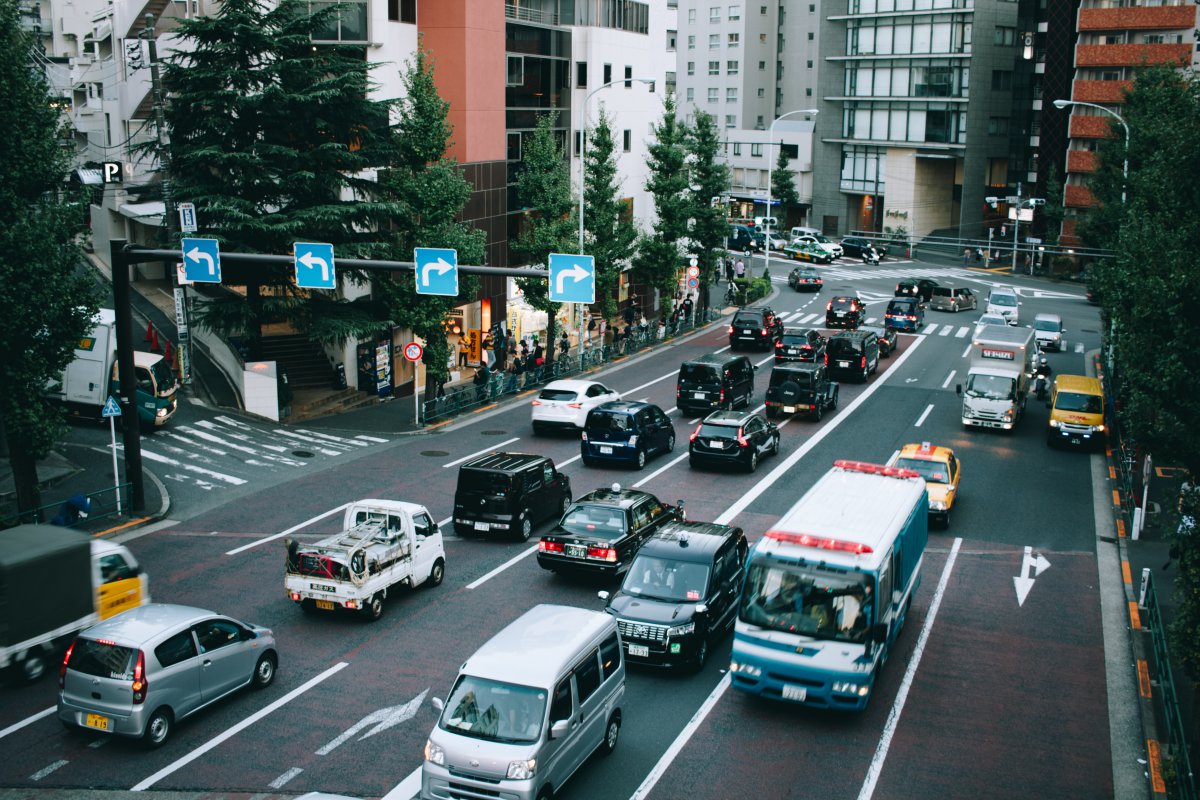
Navigating Japan’s Roads and Rules
Understanding Traffic Signs
Most traffic signs are in Japanese, but many include English translations. Familiarize yourself with common signs, such as:
- Speed Limit Signs: Typically displayed in kilometers per hour (km/h).
- Stop Signs: Red octagons also found in Western countries.
- Yield Signs: Triangular signs indicating right-of-way rules.
Driving Etiquette
Japanese driving culture emphasizes politeness. Here are some tips:
- Always signal before changing lanes.
- Use your horn sparingly, as it’s considered rude.
- Respect pedestrian crossings and always yield to pedestrians.
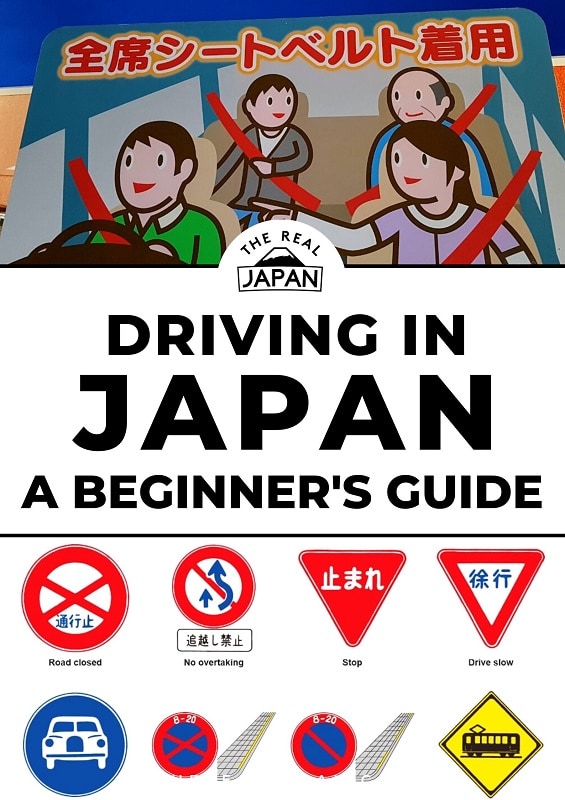
Road Conditions and Infrastructure
Japan boasts excellent road conditions, especially in urban areas. However, rural roads can be narrow and winding. Pay attention to weather conditions, especially during winter months when snow can affect driving.
Top Scenic Drives in Japan
1. The Noto Peninsula
This coastal drive boasts stunning ocean views, quaint villages, and delicious seafood. Don’t miss the Wajima Morning Market for local delicacies!
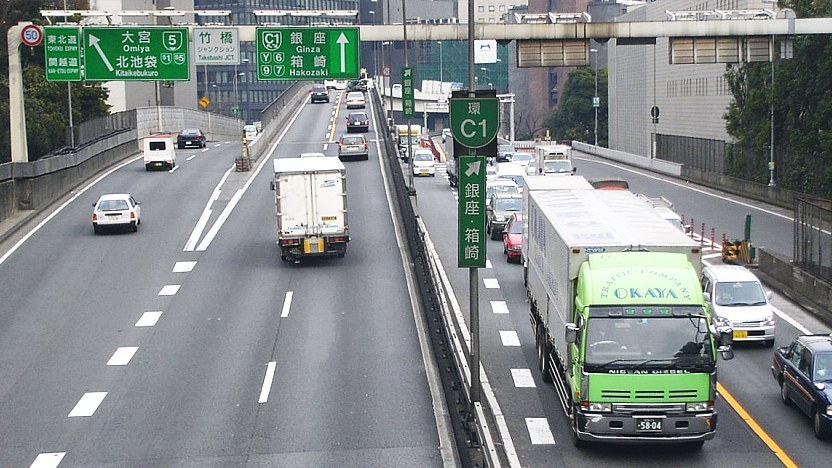
2. The Izu Peninsula
Famous for its hot springs and coastal scenery, this drive is perfect for a weekend getaway from Tokyo. Stop by the beautiful beaches such as Shirahama and Atami.
3. The Kumano Kodo
A UNESCO World Heritage site, this ancient pilgrimage route offers breathtaking sights of nature and spiritual sites. The roads are well-maintained, ensuring a smooth ride.
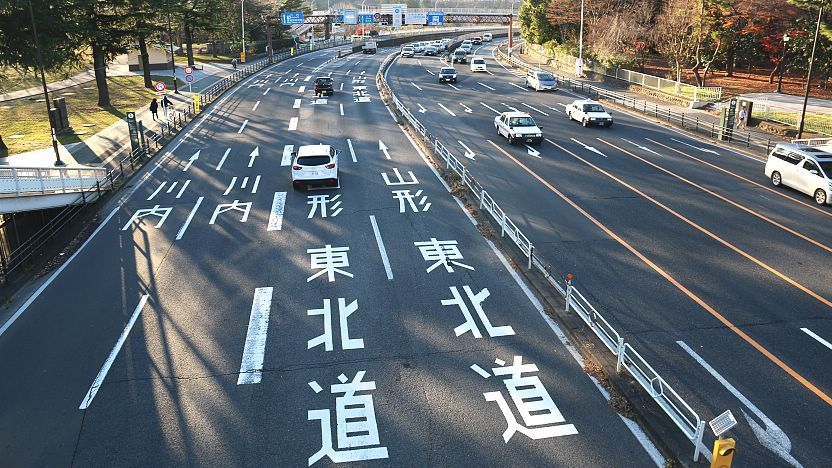
4. Mount Fuji Five Lakes Region
Drive around the five lakes to get stunning views of Japan’s iconic peak. Each season offers different scenery—from cherry blossoms in spring to vibrant autumn leaves.
Pros and Cons of Driving in Japan
Pros
- Freedom to explore at your own pace.
- Access to less-visited sites.
- Convenience for families with children or larger groups.

Cons
- High gasoline prices compared to other countries.
- Challenging parking in major cities.
- Potential language barrier if you don’t speak Japanese.
Travel Tips for Driving in Japan
1. Plan Your Route Ahead of Time
Use apps like Google Maps for reliable directions and to avoid getting lost in unfamiliar areas.
2. Be Mindful of Tolls
Japan has an extensive toll road system. It’s advisable to get an ETC card (Electronic Toll Collection) for easy payment.
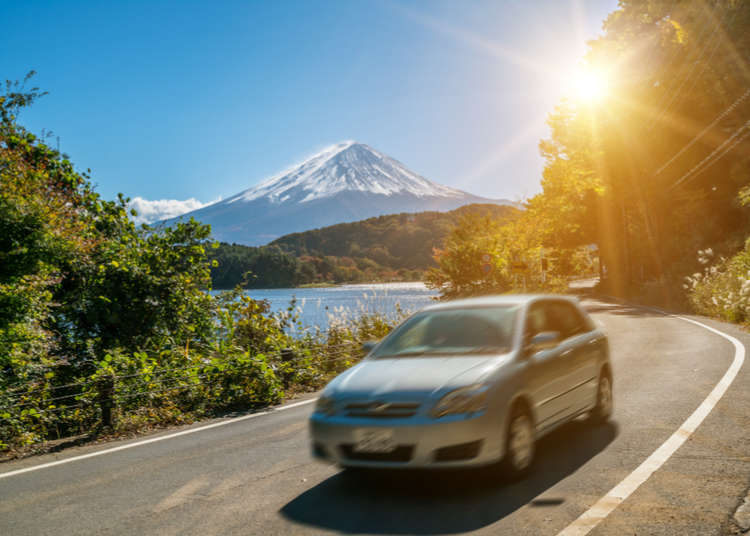
3. Fuel Up Realistically
Gas stations are not as abundant as in some countries. Always fill up when you have the chance, especially before heading to remote areas.
4. Adjust to Local Driving Habits
Take some time to acclimate to the pace of driving; Japanese drivers are typically cautious and adhere to speed limits.
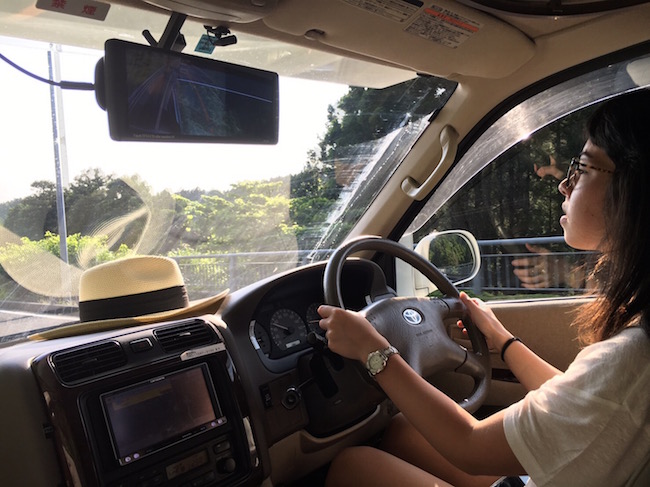
Common FAQs About Driving in Japan
Do I need an International Driving Permit to drive in Japan?
Yes, an IDP is mandatory for tourists. Make sure to acquire it before traveling.
Is driving in Japan expensive?
While rental and fuel prices can be higher than average, the convenience and flexibility can justify the cost.
Can I use my smartphone for navigation?
Yes! Ensure that you have a working data plan or are connected to Wi-Fi. Google Maps is highly effective in Japan.
Are there any restrictions on driving at night?
There are no specific restrictions, but some rural roads may be poorly lit. Exercise caution and use headlights effectively.
Final Thoughts
Driving in Japan offers a unique opportunity to explore incredible landscapes and cultural sites beyond the typical tourist route. With careful planning and a bit of knowledge about local driving customs, you can create unforgettable memories on the country’s beautiful roads. So buckle up, hit the gas, and get ready for an adventure like no other!